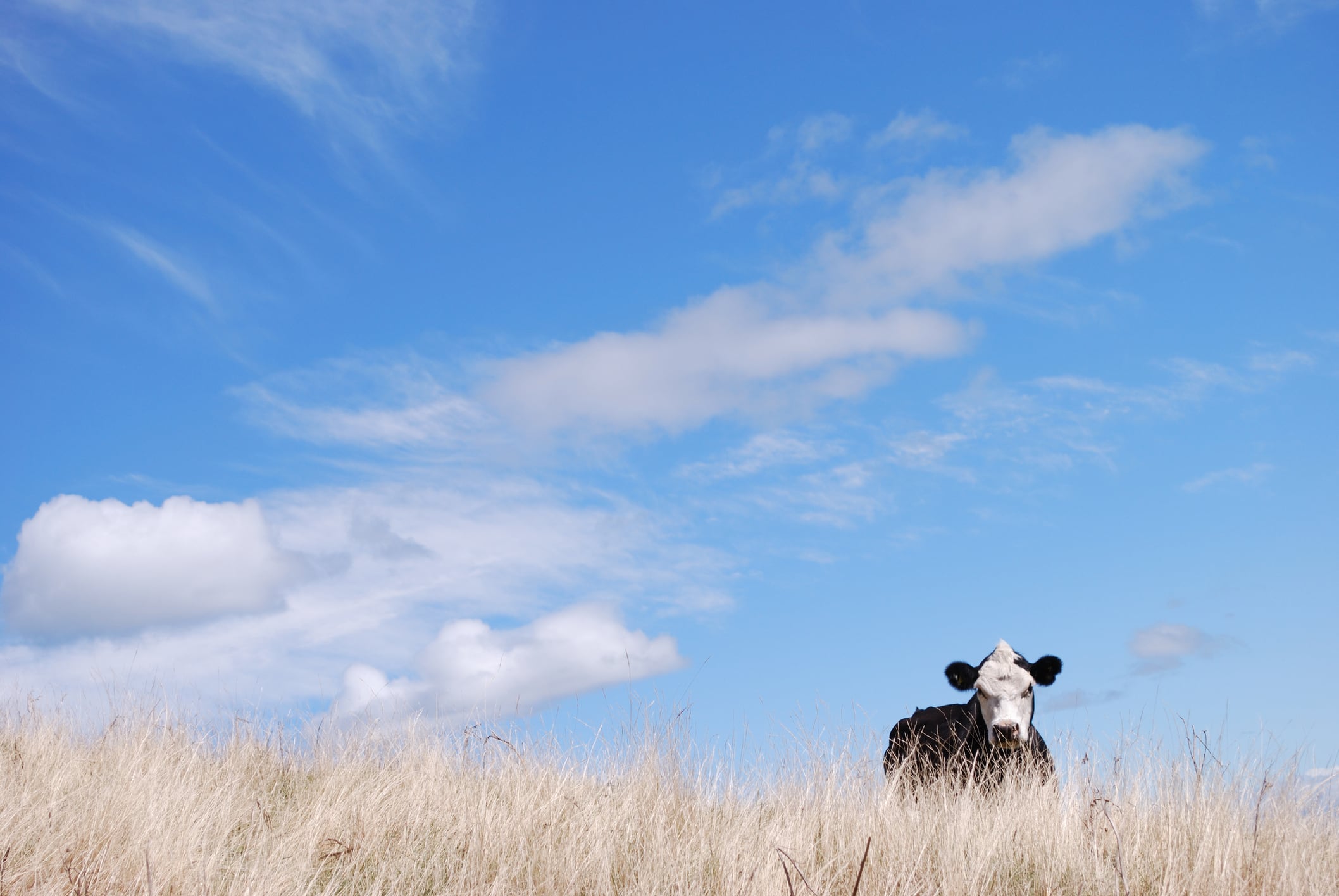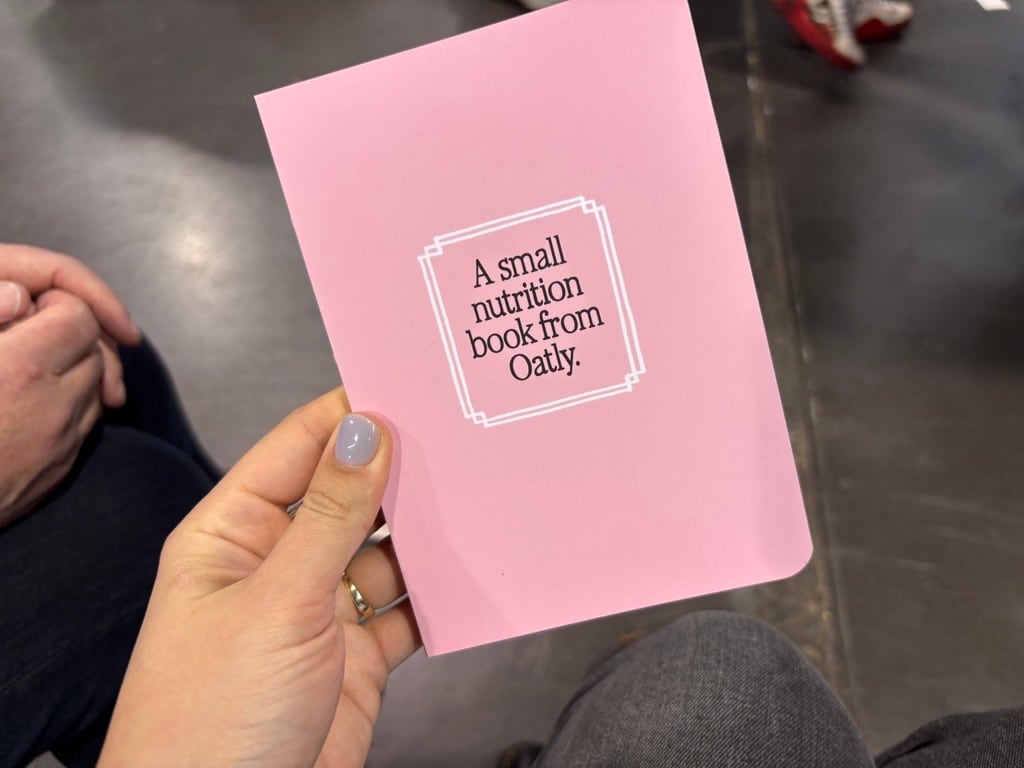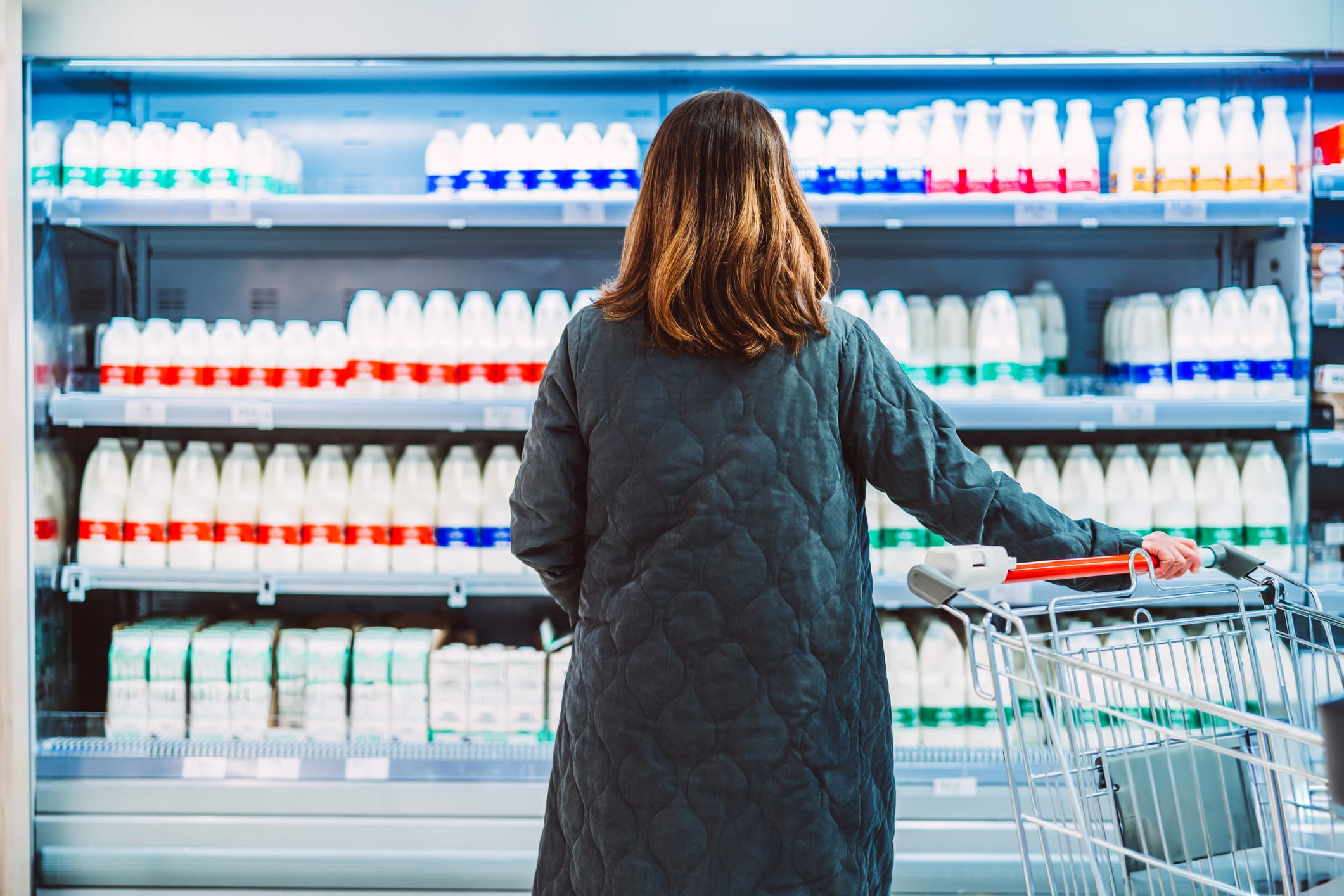The food system is not just a cause of climate change, but also one of its victims.
In recent years, we’ve seen crops such as corn, coffee and cocoa suffer in part due to rising global temperatures.
It turns out, however, that animal-based foods can also have yields impacted by the heat.
A new study suggests that, even when mitigation strategies are in place, cow’s milk yields can drastically fall in high temperatures.
How significantly do cow’s milk yields decrease?
The dairy industry in Israel had access to some of the most advanced technology in the world for keeping milk cool. Furthermore, its cows, Israeli Holsteins, have been bred for the environment and have the highest milk yield per cow in the world.
Nevertheless, even Israeli dairy cannot stop the effects of the weather. Researchers found that milk yields typically fell on hot, humid days. This could be by as much as 10% when wet-bulb temperatures – which combine information on the dry air temperature and humidity – exceed 26°C. Measuring the wet bulb temperature, according to the researchers, best captures heat stress.
When cows are exposed to such heat, it often takes them 10 days to return to normal milk production. Effects are even more significant for particularly productive cows.
Using cooling technology helps, but does not entirely reverse the yield losses experienced by the farmers, and the mitigating effect of this tech is less significant the hotter the temperature. On a 24°C day, for example, this only mitigates about 40% of yield losses.
If this could happen in spite of advanced tech, the researchers pointed out, other regions without such tech could be experiencing even greater yield loss.
Farmers can recoup the losses from the cooling tech in about a year and a half, but the researchers point out that completely isolating cows from their environment, which would go a step further than using cooling tech, would be far too costly.
How much could milk production decline globally?
While the study took place in Israel, the researchers used their findings to estimate how much milk production could decline across the world.
Yields for the top ten milk-producing countries, predict the researchers, could fall on average by 4%.
Out of the top five producers, three – Pakistan, India and Brazil – could see even greater losses than Israel: between 3.5% and 4% per cow per day. These countries would benefit from cooling tech.
Yet even with this tech, the top five producers, which also include the US and China, could see yields fall between 1.5% and 2.7% per cow per day.
Furthermore, the economic value of the milk yields under threat could be quite substantial as well. Under high-emission scenarios, it is expected to triple to $120bn (€102bn) by 2100.
Sourced From: Science Advances, High-frequency data reveal limits of adaptation to heat in animal agriculture’, Published on: 4 July 2025, Doi: 10.1126/sciadv.adw4780, Authors: C. Palandri, E. G. Frank, A. Kimhi, Y. Lavon, E. Ezra, R. Fishman





